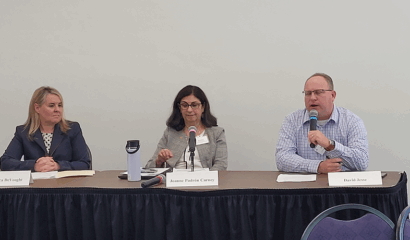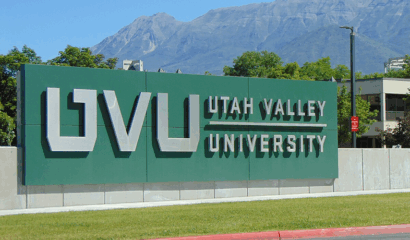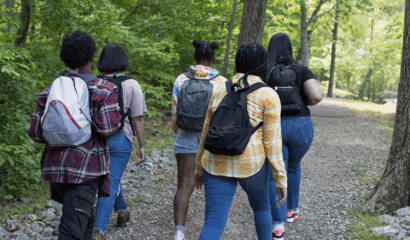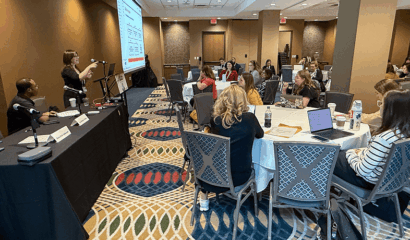Educated Reporter
Read practical advice from EWA staffers and guest journalists from around the United States about all things education.
Educated Reporter
Higher ed insiders share trends to watch for as colleges and universities stare down massive cuts to federally funded research – and they provide tips for cov...
Experts share tips on covering college students in rural areas and their challenges and successes. ...
Here’s what to know about cellphone bans in U.S. schools. ...
Denise Marshall of COPAA shares what questions journalists should be asking as the Trump administration attempts to layoff federal special education division em...
Here are tips for covering free speech and academic freedom in higher education after the death of Charlie Kirk....
Amid rapid federal policy shifts, reporters and a legal expert share advice on covering special education and highlight the latest trends. ...
Journalists dispel myths about school segregation, explain what it looks like in the 21st century and detail how to better cover the persisting issue. ...
Follow these digital safety tips from experts....
Are schools designing pathway programs that truly benefit students? How can employers become active participants and ensure they get the workforce they need? Ex...










